If you follow our magazine regularly, you surely know that from time to time an article will appear here, in which we will work together to repair Apple phones. It is quite likely that some of you may have been "kicked" by these articles to try to repair an iPhone yourself. Not only for this reason, I decided to prepare an article with 5 tips to help you become a good iPhone repairman. With this article, I would also like to aim at domestic repairmen who do not do their work well and with high quality - because I often come across already repaired iPhones in which screws are missing, or they are positioned differently, or in which there is, for example, gluing for waterproofing, etc. missing.
It could be interest you
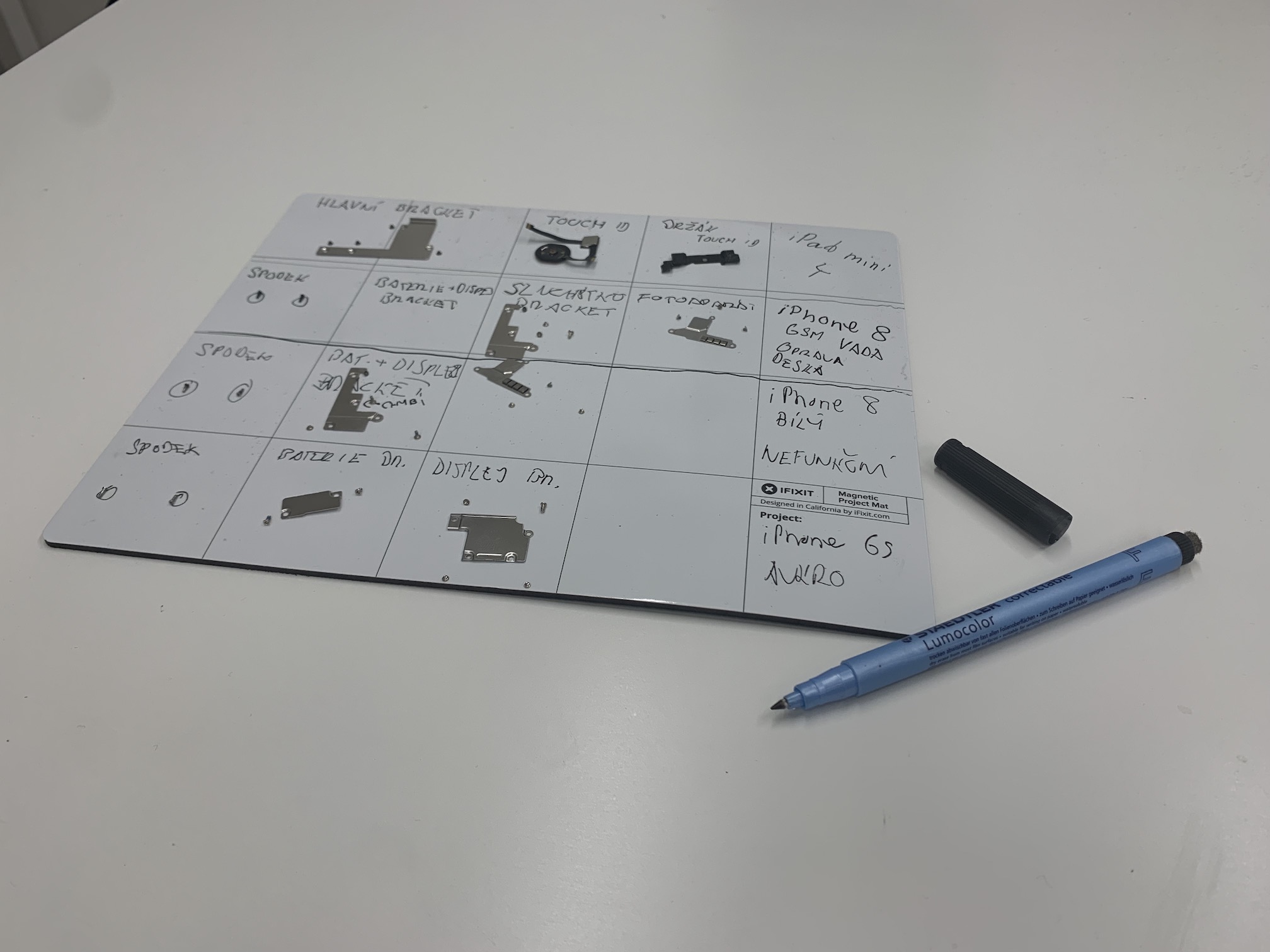
Use quality parts
Even before you start repairing your apple phone, it is necessary that you find and buy spare parts. Choosing a part is not entirely easy, because both in the case of displays and batteries, you often have a choice of several different brands, with the prices often being very different. If you are one of those people who, when choosing a spare part, arrange the category from the cheapest to the most expensive and automatically order the cheapest one available, then stop it. These cheap parts are often of really poor quality, and in addition to the fact that the iPhone user who was repaired with these poor quality parts will definitely not be satisfied, you also risk the complete failure of the repaired device. I'm not saying that you should go from extreme to extreme and start ordering the most expensive thing there is, but at least do some research in the store, or ask about the quality.
Organize screws
If you are going to repair your iPhone, it is extremely important that you organize your screws properly. Personally, I use an iFixit magnetic pad that you can draw on with a marker for organization. When making repairs, I always make a meaningful drawing on this pad where I took the screw from, and then place it here. After reassembly, I can easily determine where the screw belongs. It must be mentioned that replacing one screw is often enough to, for example, completely remove the display of the device, or to destroy the motherboard, for example. For example, if the screw is longer than it should be, it can go through and simply destroy the part. At the same time, it may simply happen that you manage to lose a screw - in such a situation, it is definitely not the case that you should forget about one lost screw. You should properly replace it with the same screw that you can get, for example, from a spare phone, or from a special set of spare screws.
Invest in equipment
Repairing especially newer iPhones is no longer just about picking up a screwdriver, replacing the necessary part, and then closing the apple phone again. For example, if you decide to replace the display of an iPhone 8 and later, it is necessary to ensure the functionality of True Tone. If you normally replace the display, True Tone will simply disappear from iOS and it will not be possible to turn it on or set it up. This is due to the fact that each original display has its own unique identifier. The motherboard works with this identifier, and if it recognizes it, it will make True Tone available. But if you replace the display, the board will detect it thanks to the identifier and disable True Tone. The good news is that this can be combated with special display programmers - for example JC PRO1000S or QianLi iCopy. If you own such a programmer, you can read the identifier of the original display, and then enter it in the display of the new one. This is how you ensure the correct functionality of True Tone. But in general, you should also invest in other tools and at the same time you should definitely educate yourself in repairs.
Don't try to mask damage or condition
If there's one thing that can really annoy me about repairmen, it's lying about the condition of the device, or masking the damage. If you decide to sell the phone to someone, it should be 100% functional without exception - of course, unless you agree otherwise. If the buyer trusts you, he simply counts on the fact that you will not allow yourself to deceive him, and that you will not sell him only a partially functional device. Unfortunately, repairers often take advantage of the ignorance of buyers who, for example, have never owned an iPhone, and sell devices where vibrations, buttons, True Tone, etc. may not work properly. So, before selling, take a few tens of minutes to check all the functions of the device. Chances are, if something isn't working, sooner or later the buyer will figure it out and get back to you. It is definitely better to delay the sale of the device for a few days and tell the truth that something went wrong and get it fixed. Some repairers even automatically block the buyer after selling the device, which is absolutely insane. I did not make any of these examples up and unfortunately this is something that happens very often. And if you manage to damage a device during the repair, it's definitely not the end of the world. You learn from mistakes, so you have no choice but to buy a new part and replace it. If you plan to repair iPhones often, insurance against these inconveniences is definitely worth it. Never lie to the customer and try to assure them that you will solve the whole situation without any problems.
It could be interest you
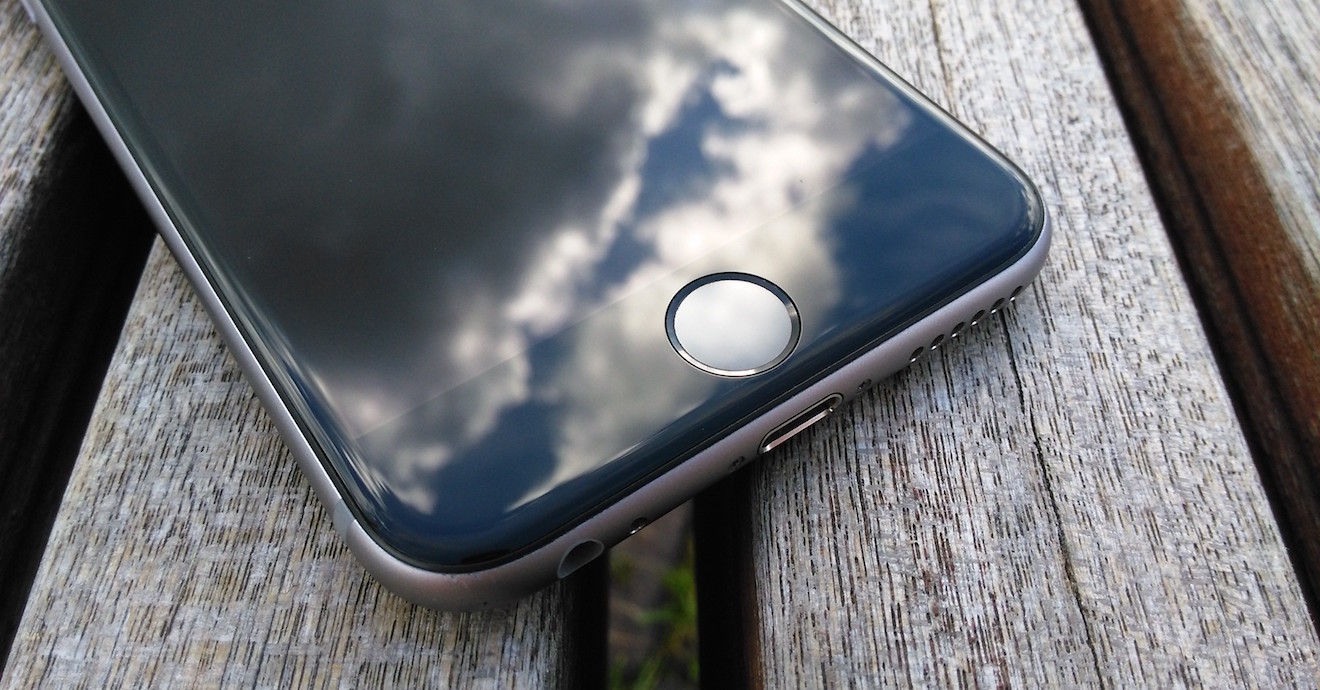
Cleanliness of the facility
Have you completed the repair and are about to close your iPhone again? If so, keep in mind that it is quite likely that someone will open your iPhone again after you, for example to replace the battery or display. There is nothing worse than when a repairman opens an already repaired iPhone with screws missing and dirt or your fingerprints everywhere. Therefore, always check that you have not forgotten any screws before closing the device. At the same time, you can take a cloth and isopropyl alcohol and gently rub the metal plates on which fingerprints are captured. You can then use an antistatic brush to clean the deeper insides of the device, if there is dirt or dust there - this most often happens if the display has been cracked for a long time. In addition, you will certainly please the customer if you do something extra - for example, take a look at the Lightning connector to see if it is clogged and, if necessary, clean it. In addition, these little things can go a long way in the end, and you can ensure that the customer goes to you when looking for their next iPhone.
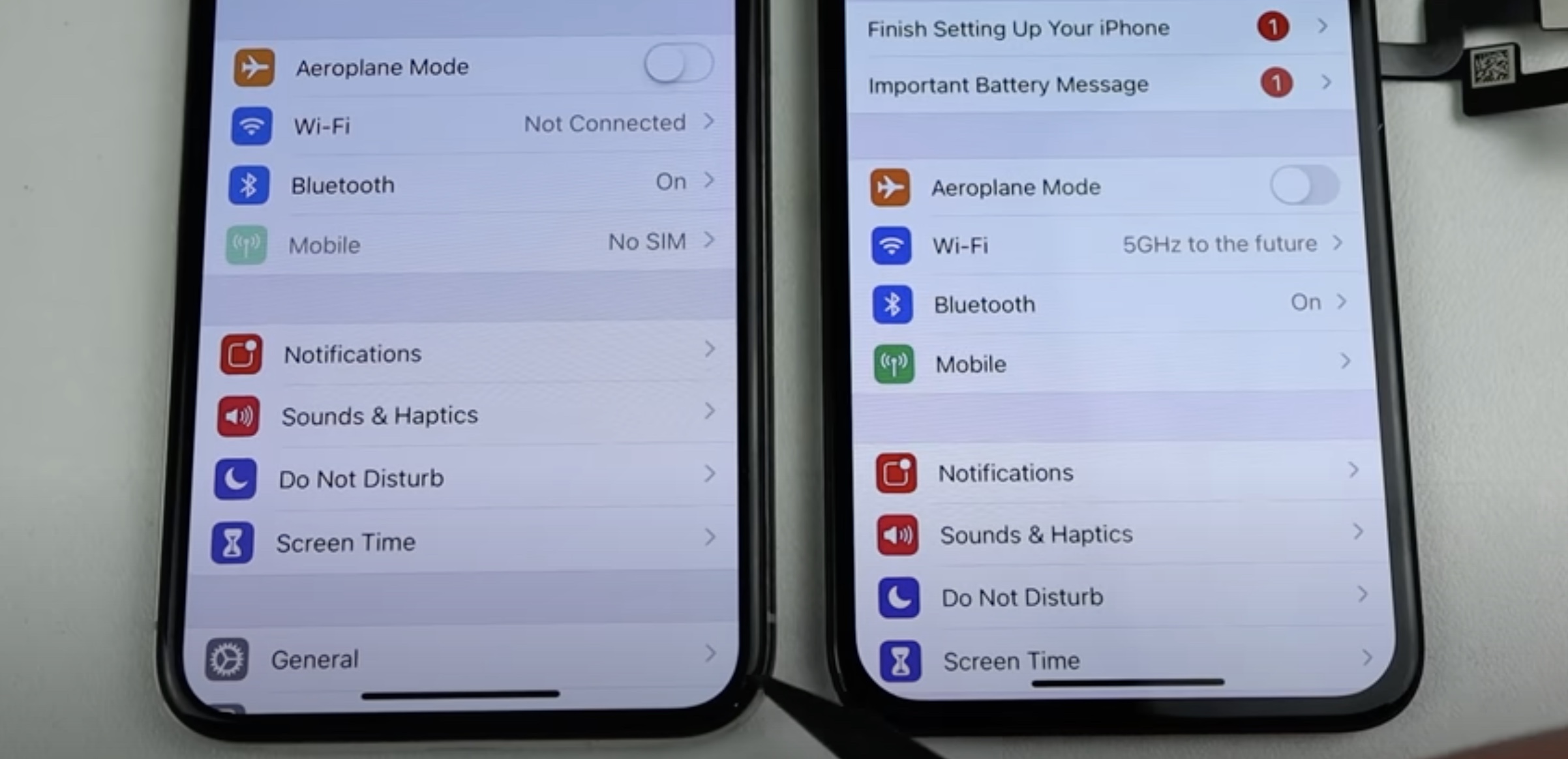

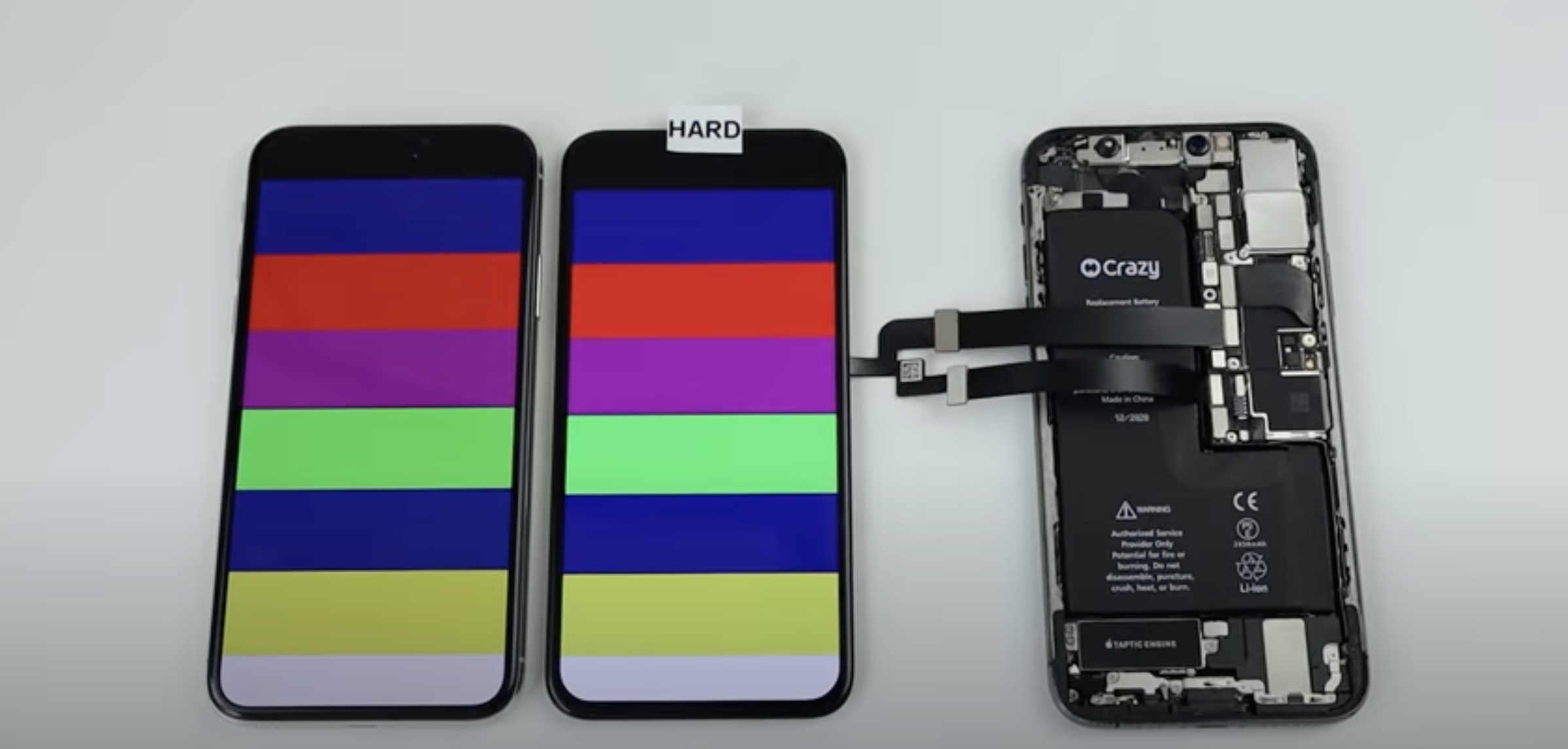
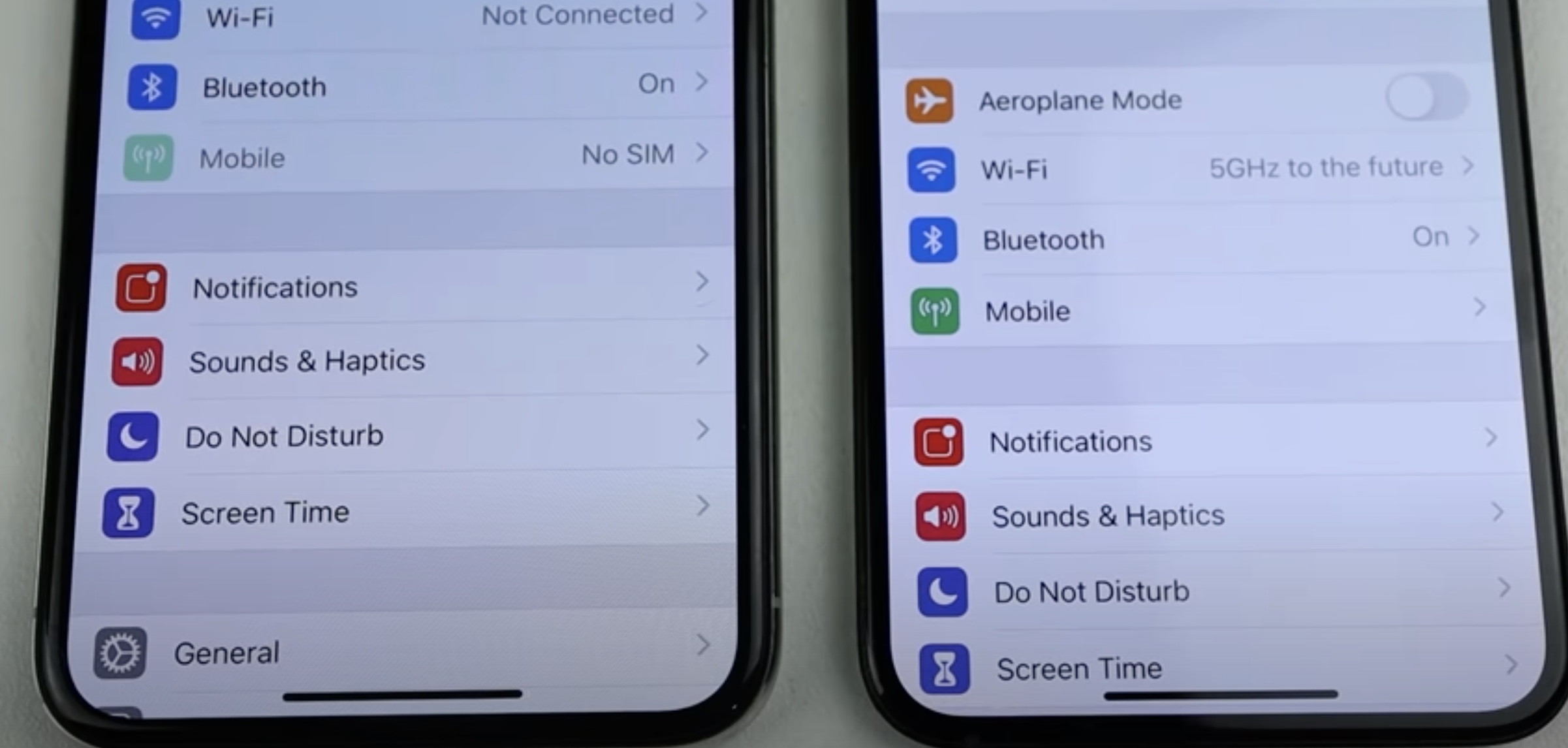
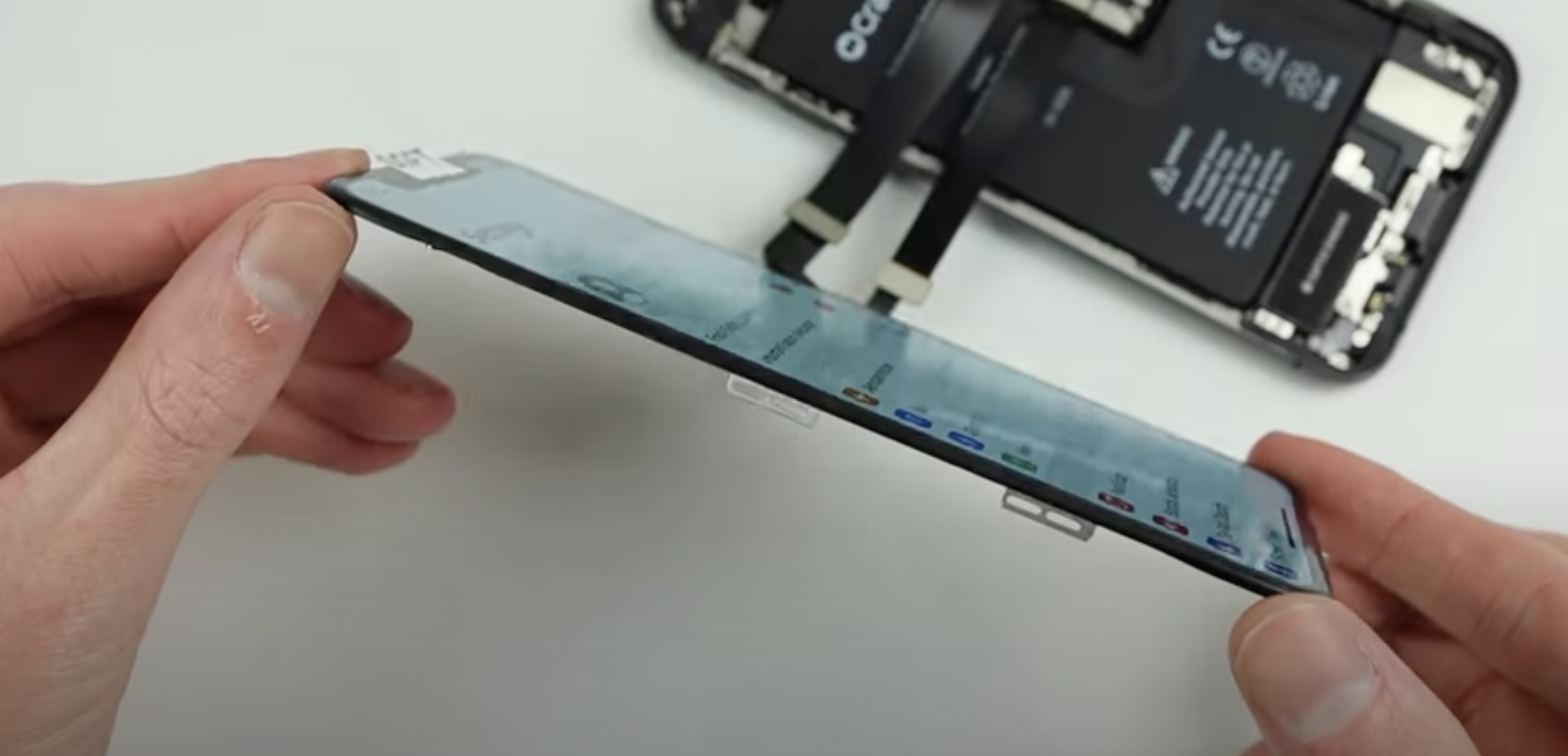
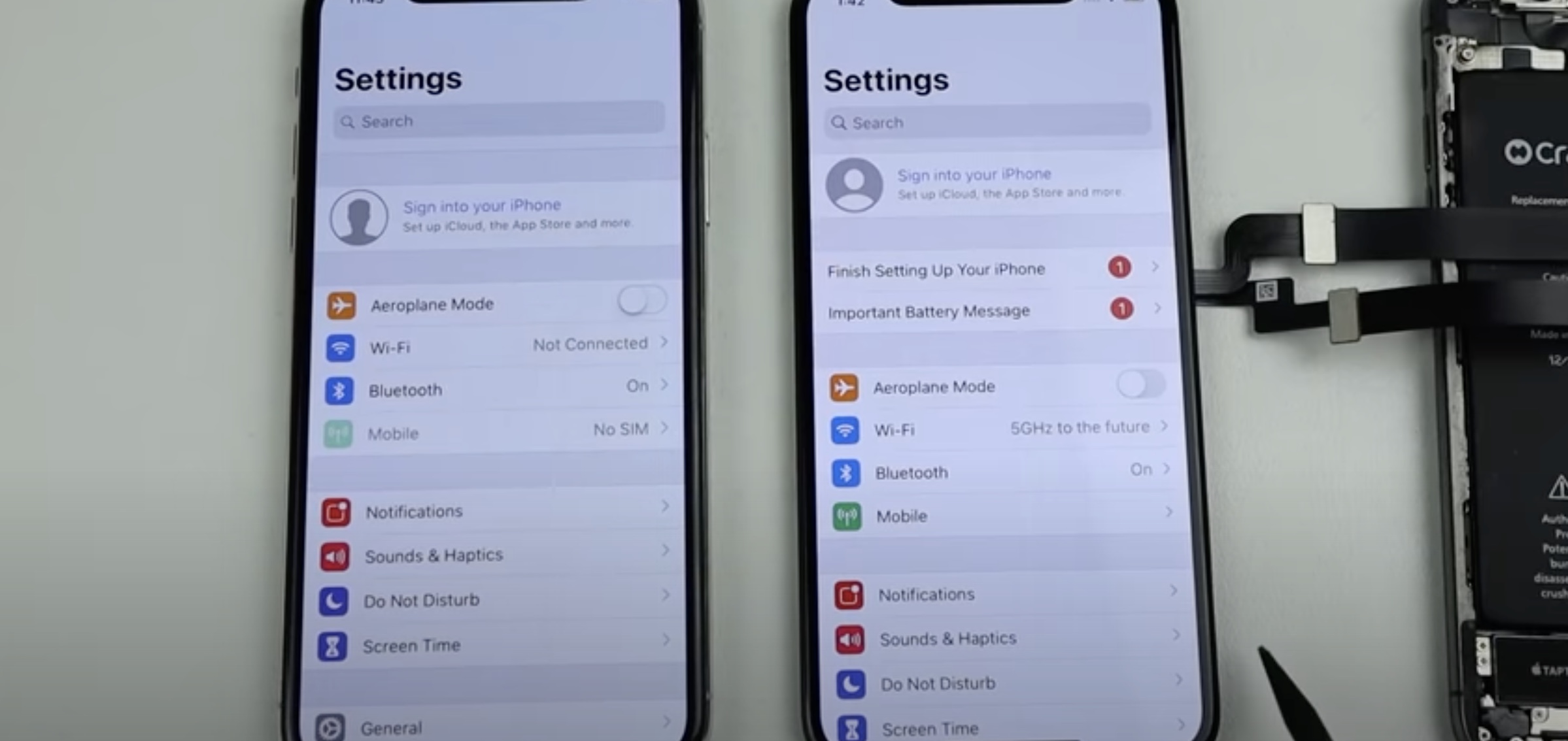
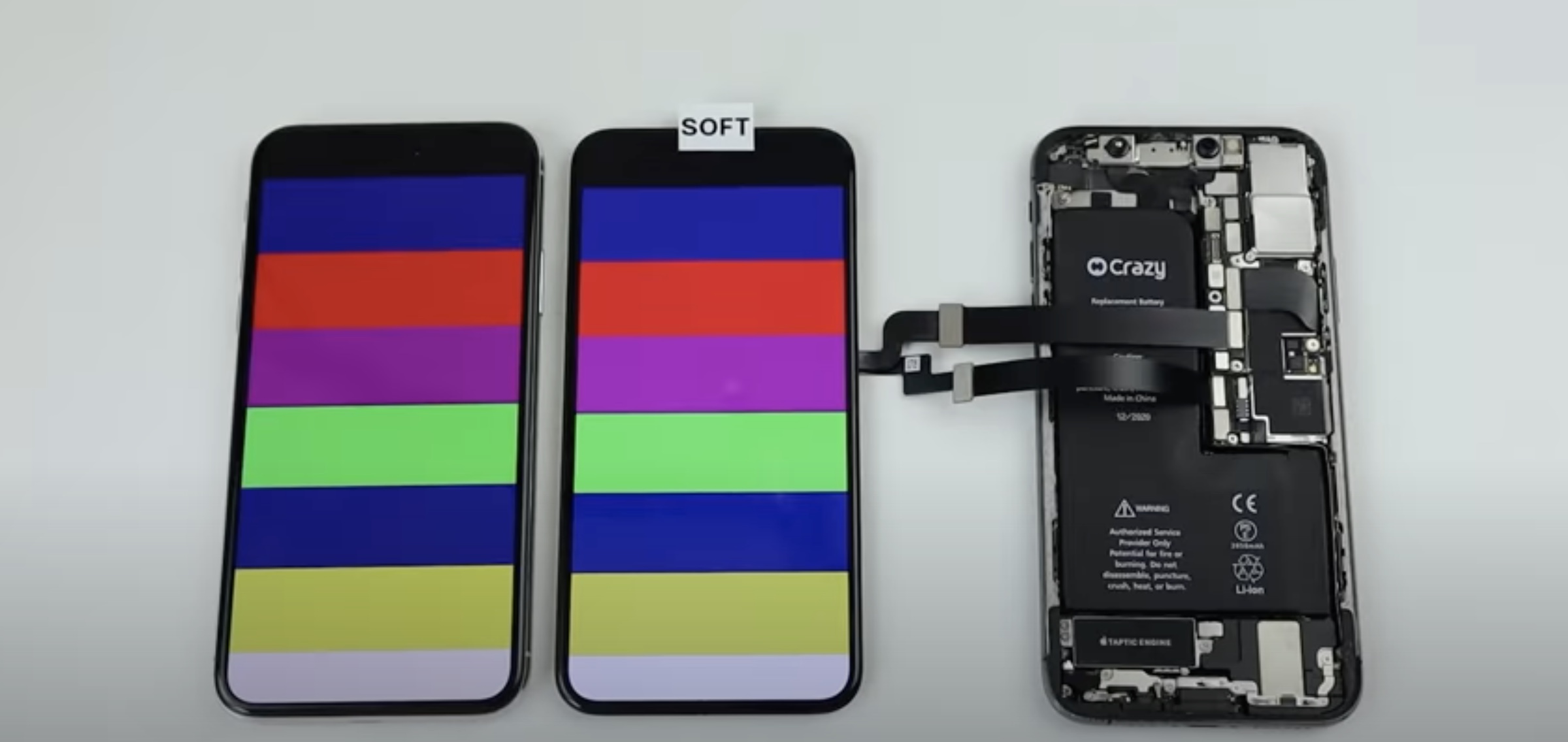





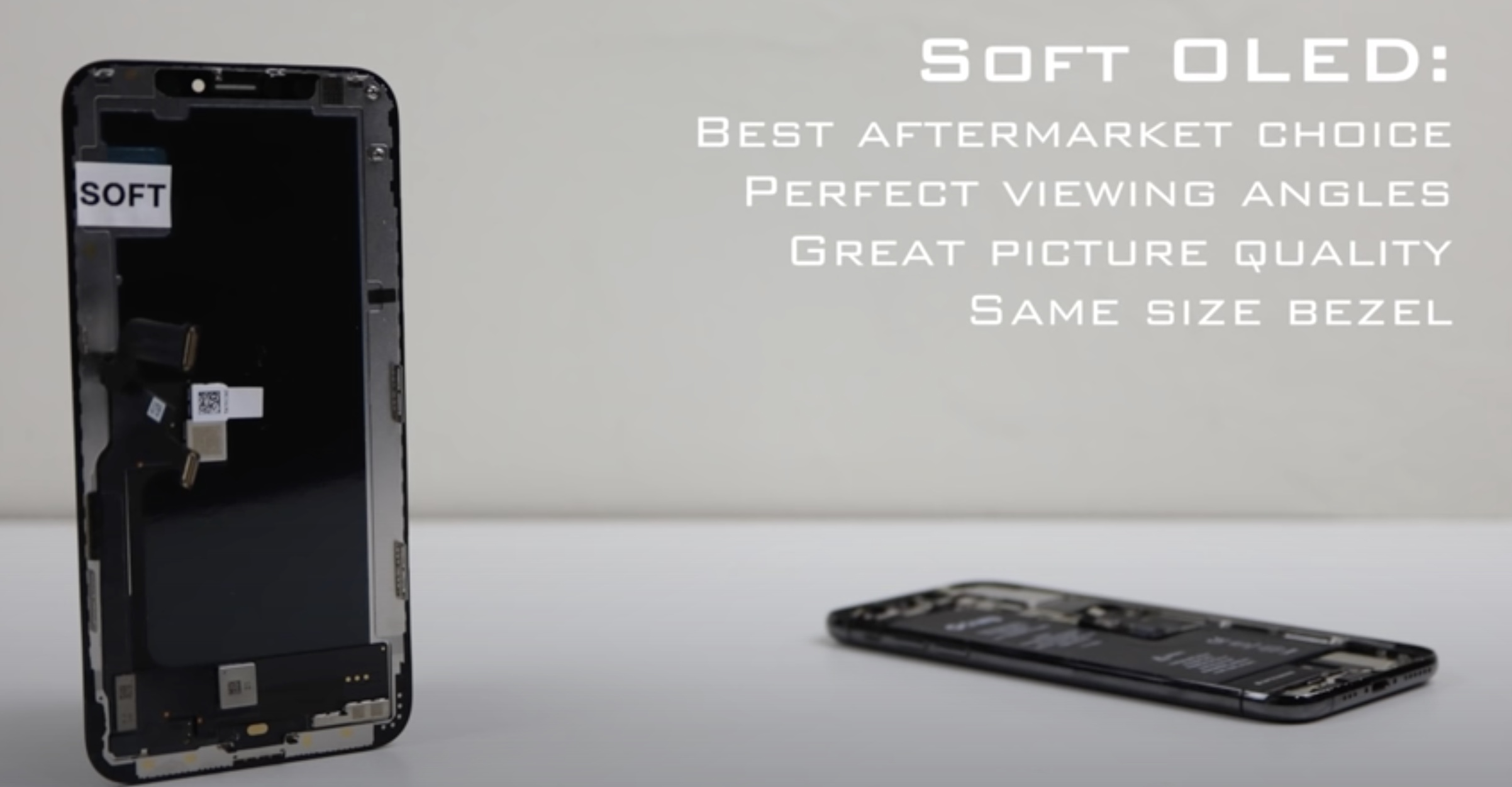
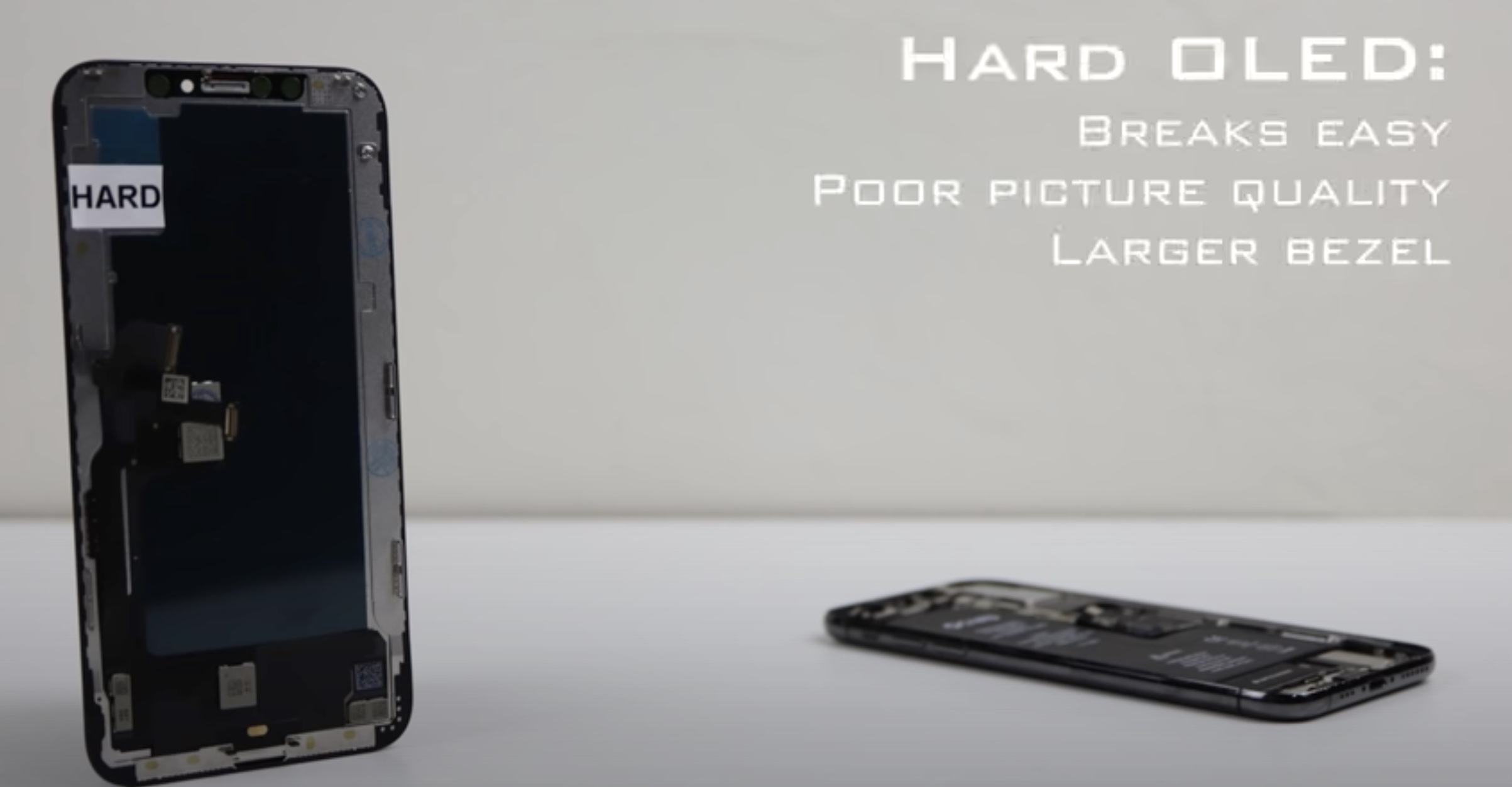
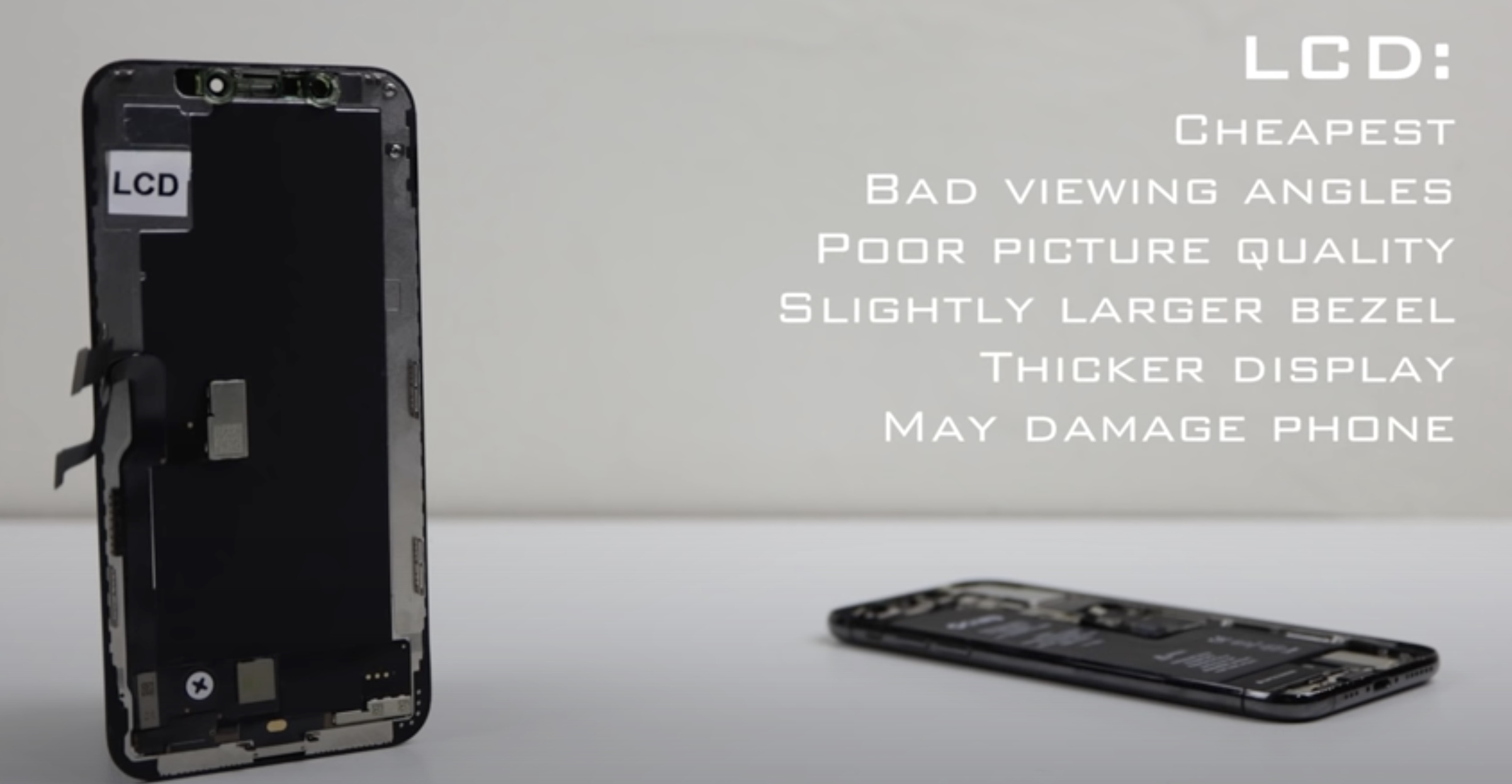

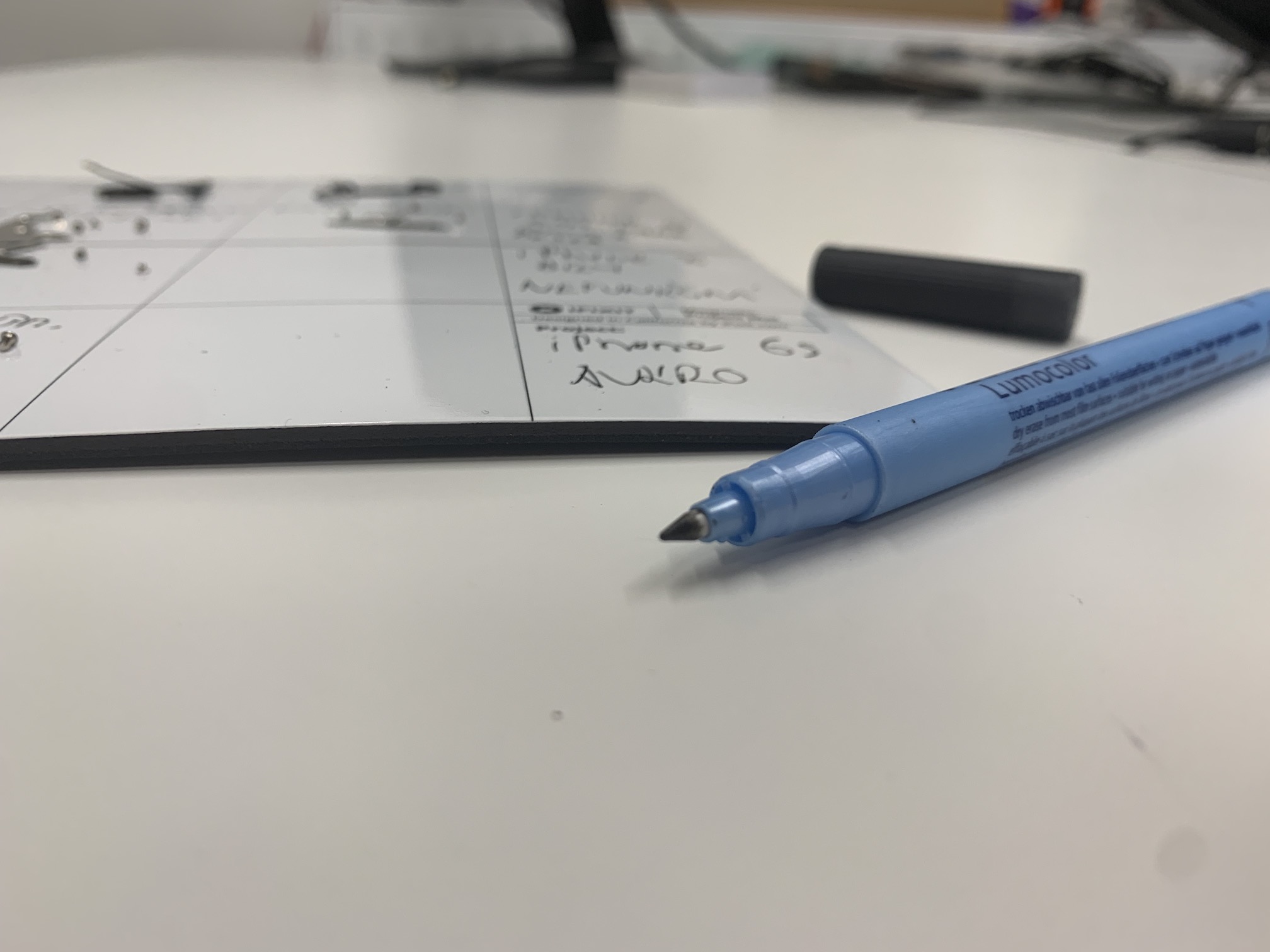
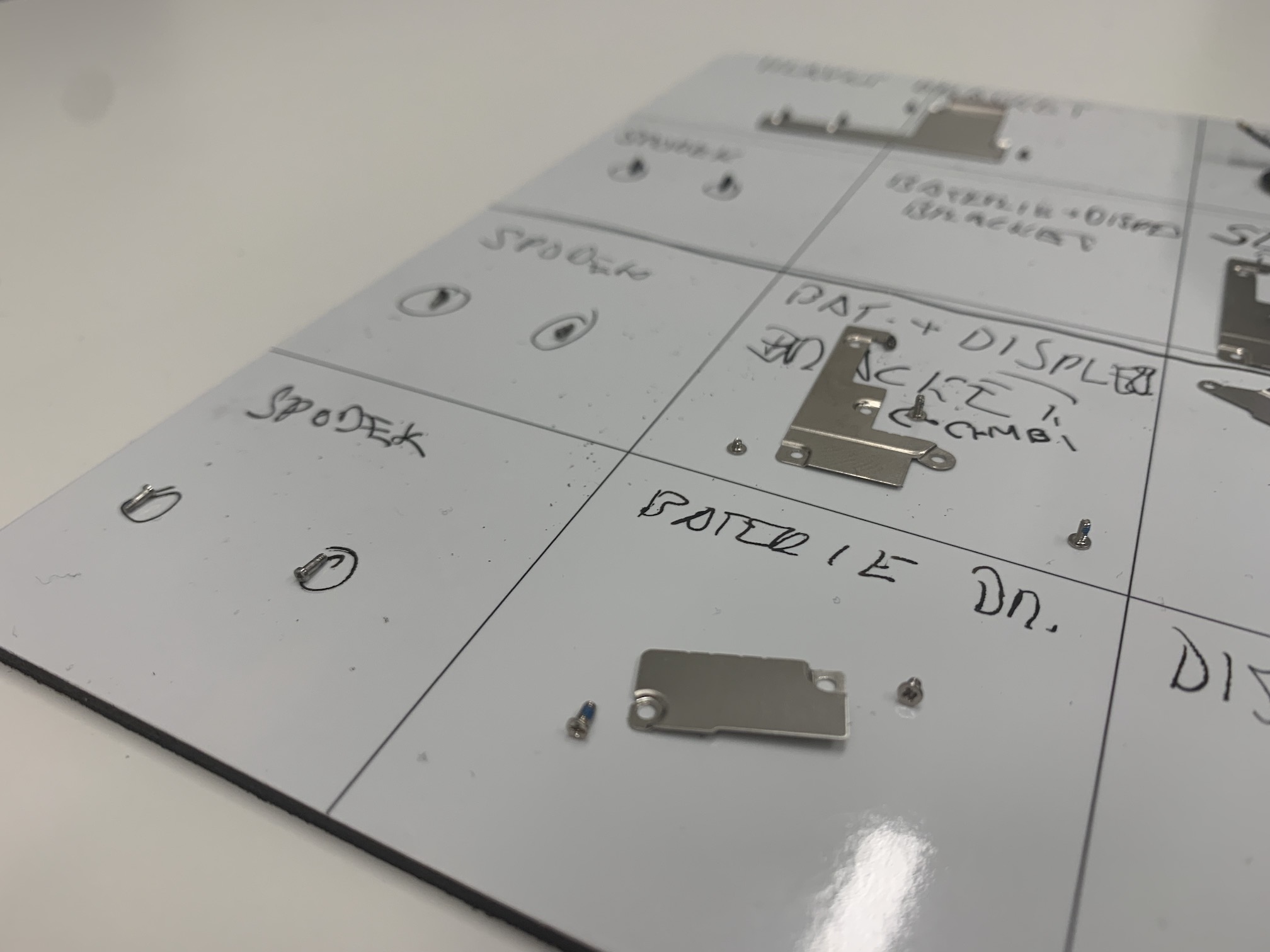


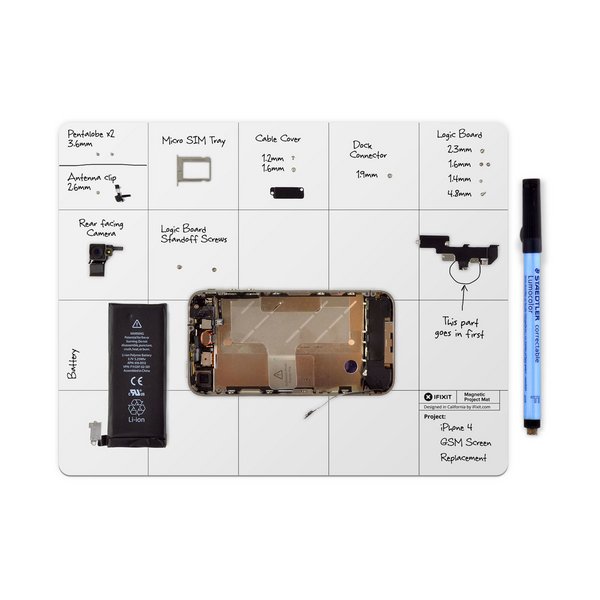
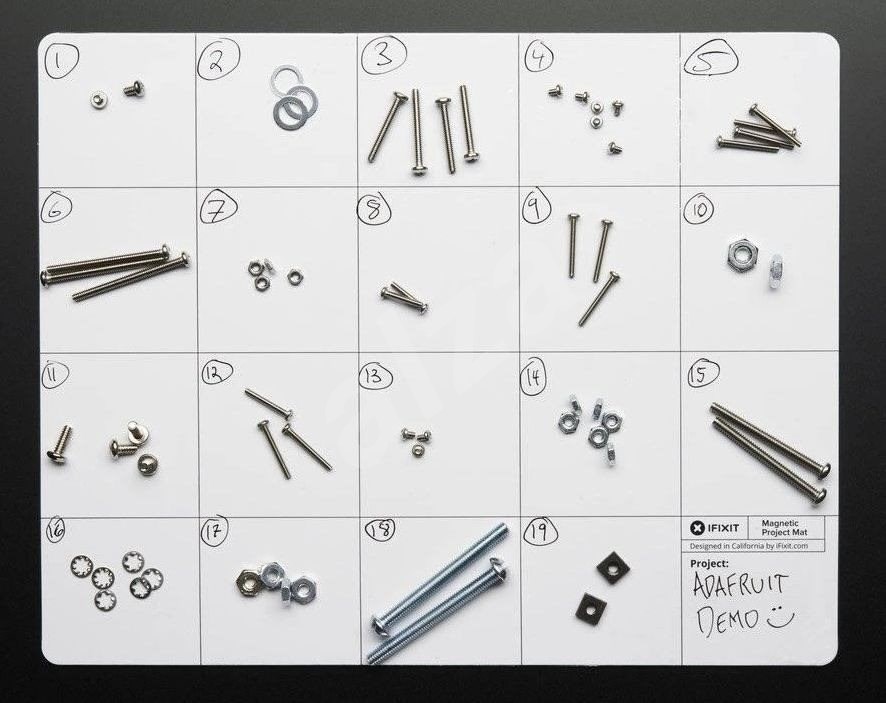
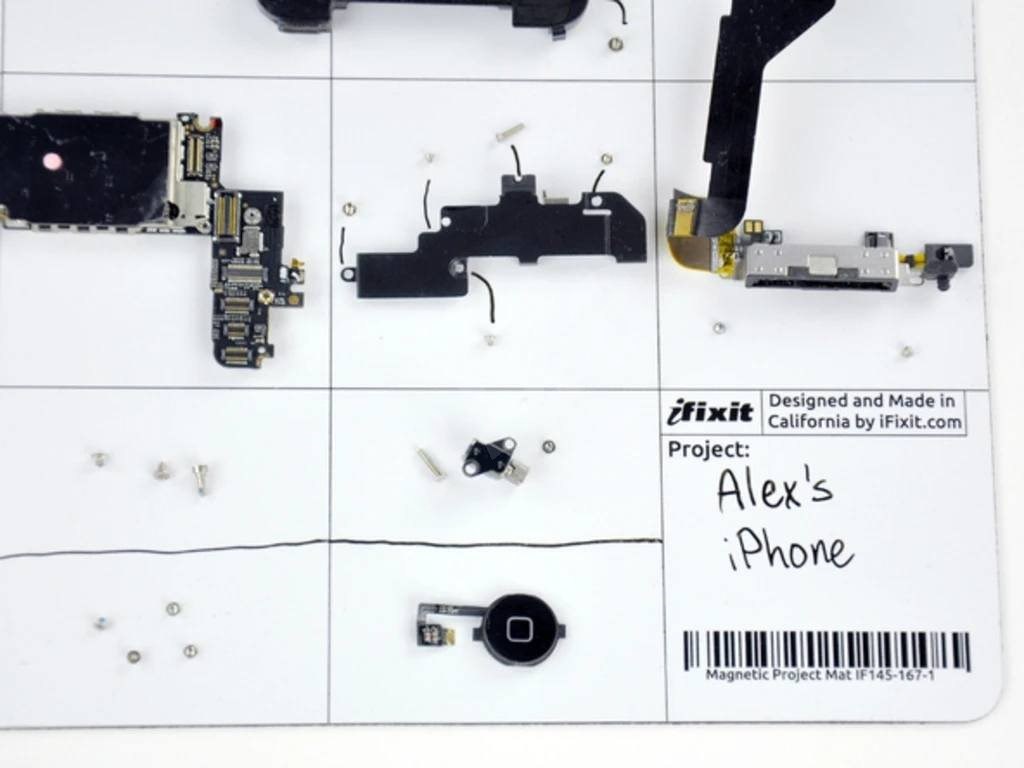
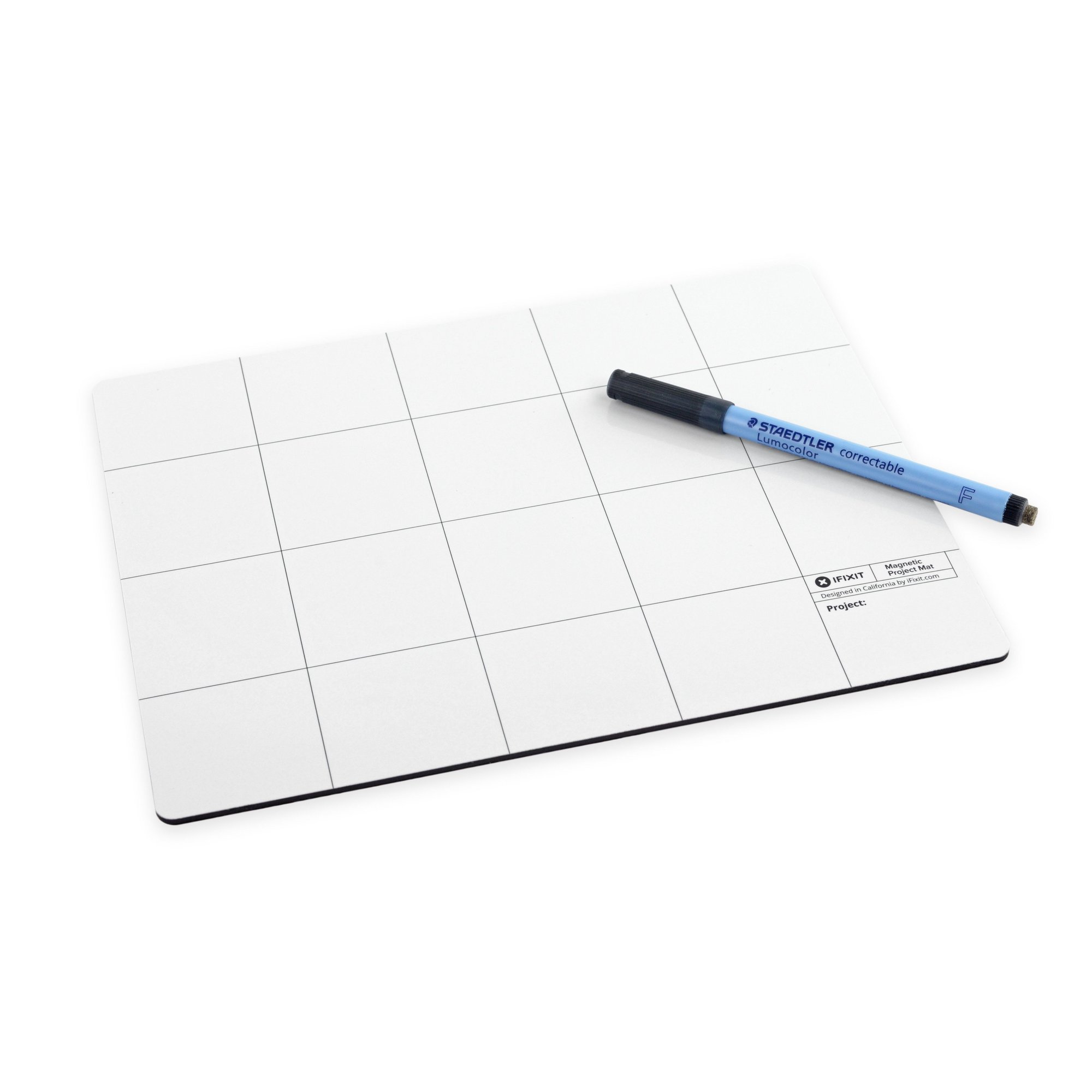
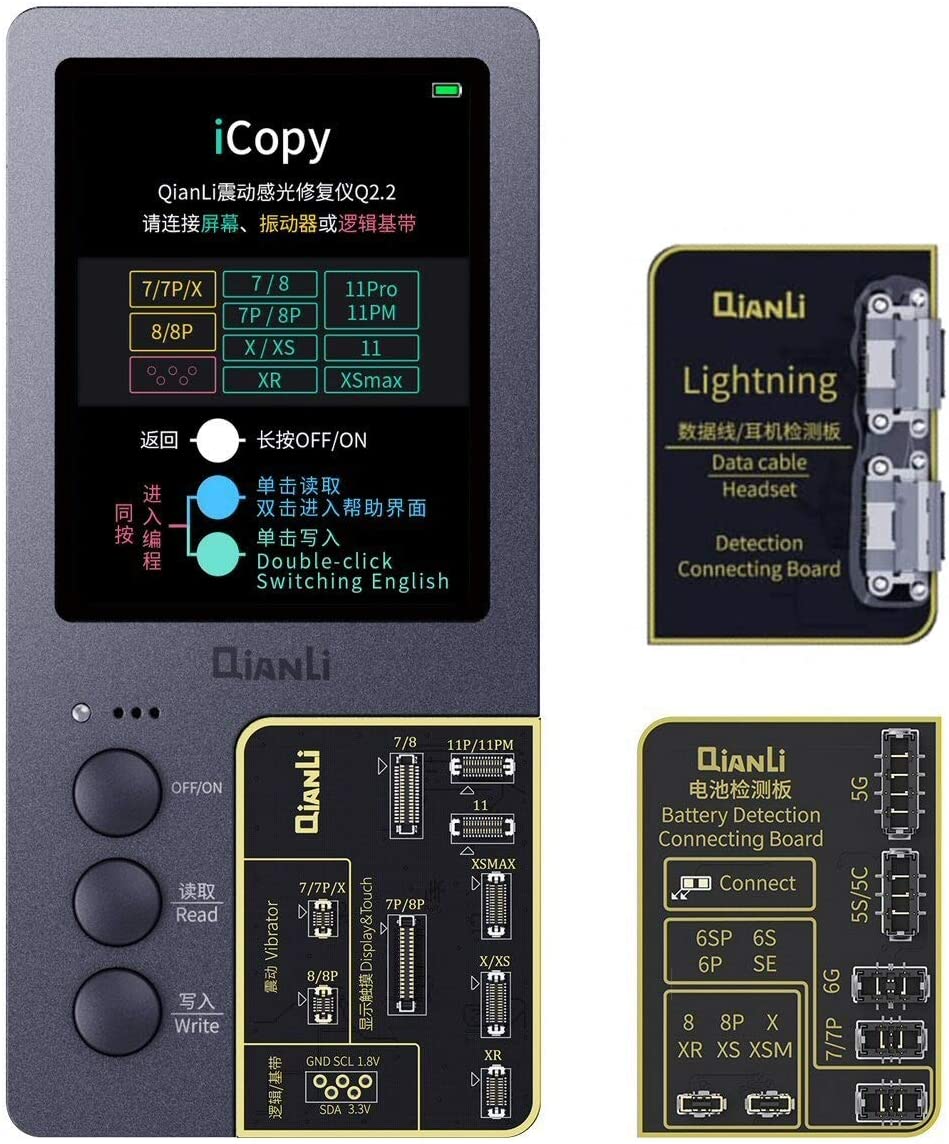
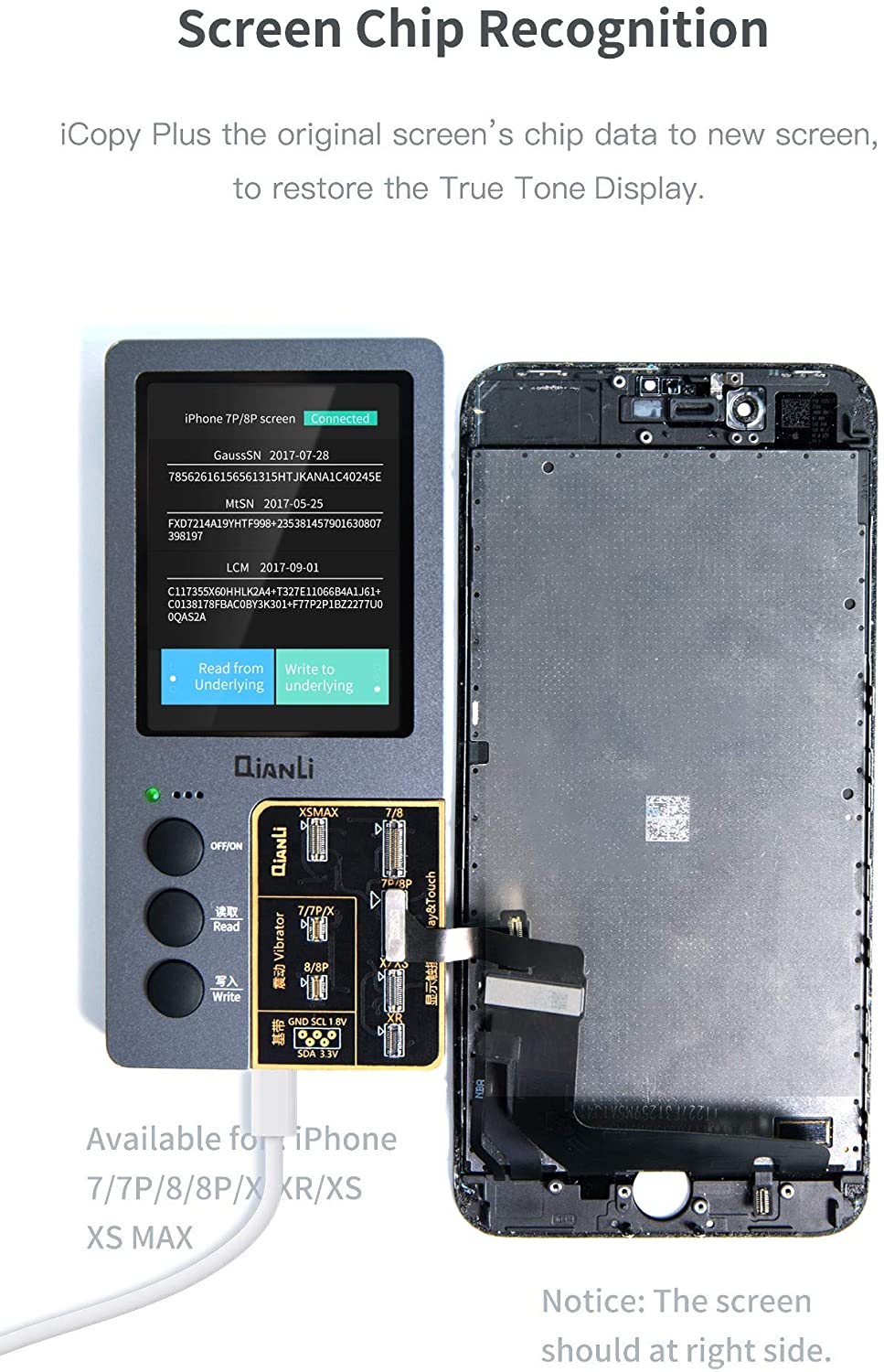
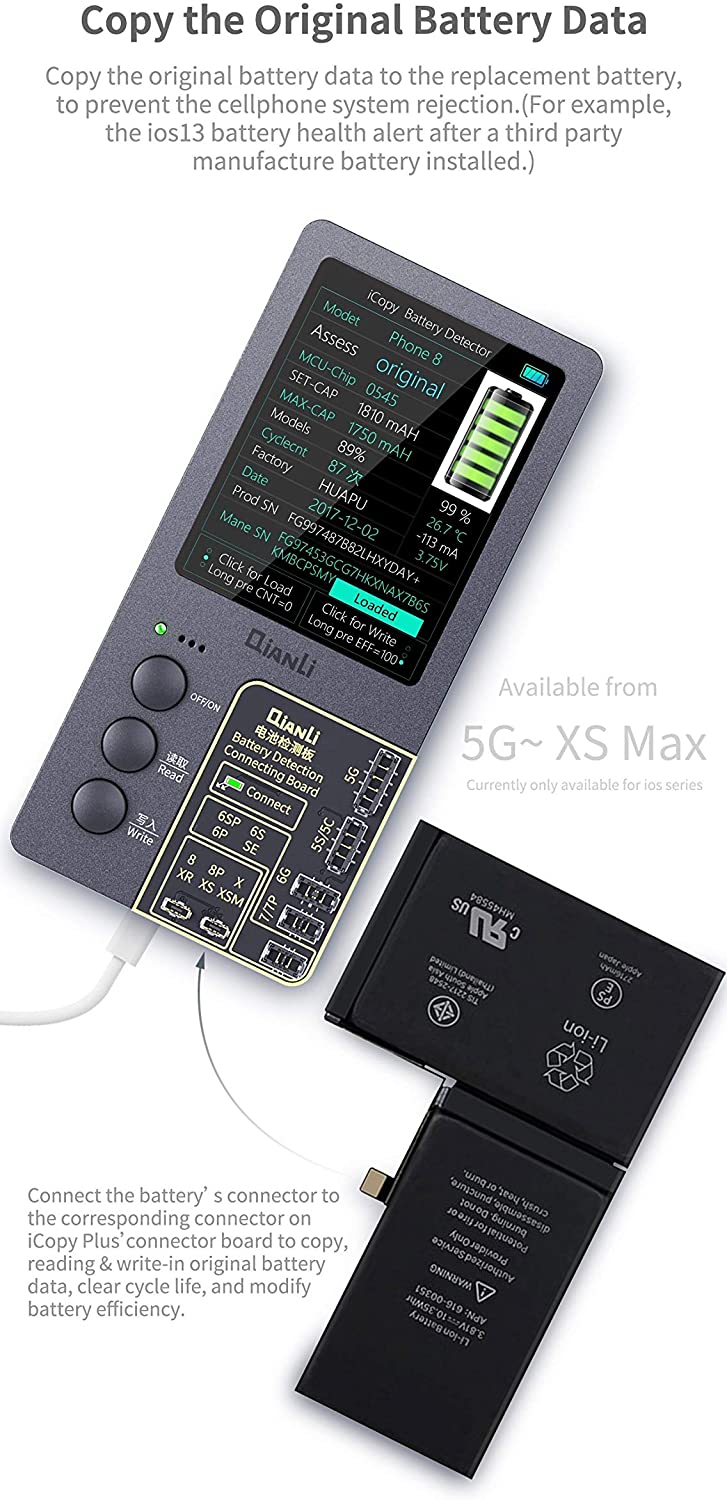
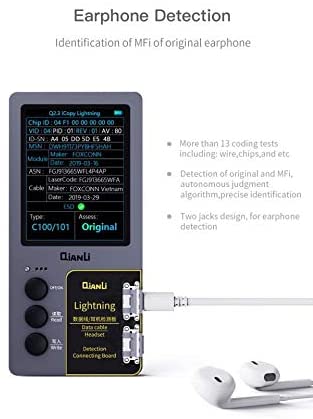
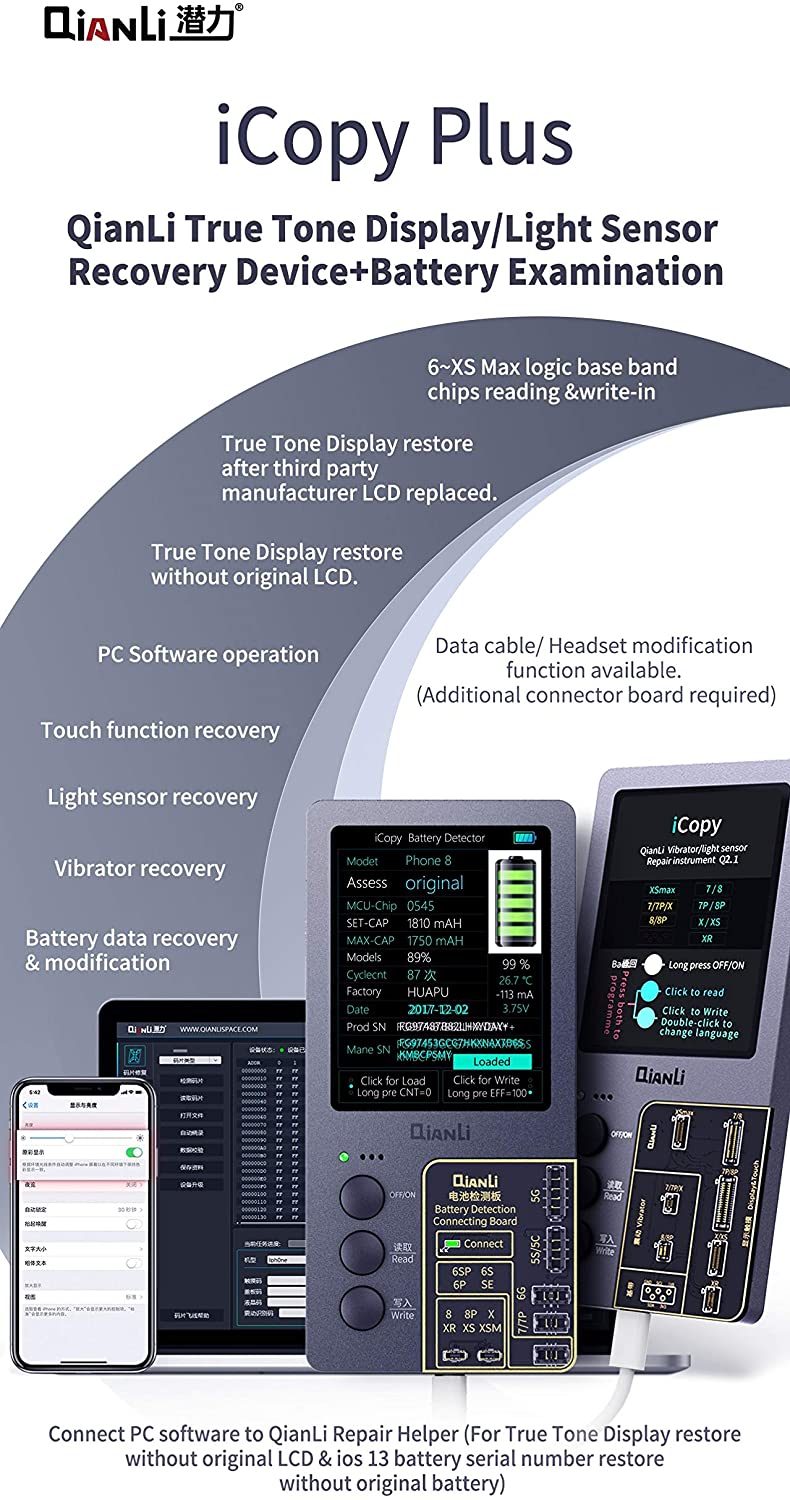
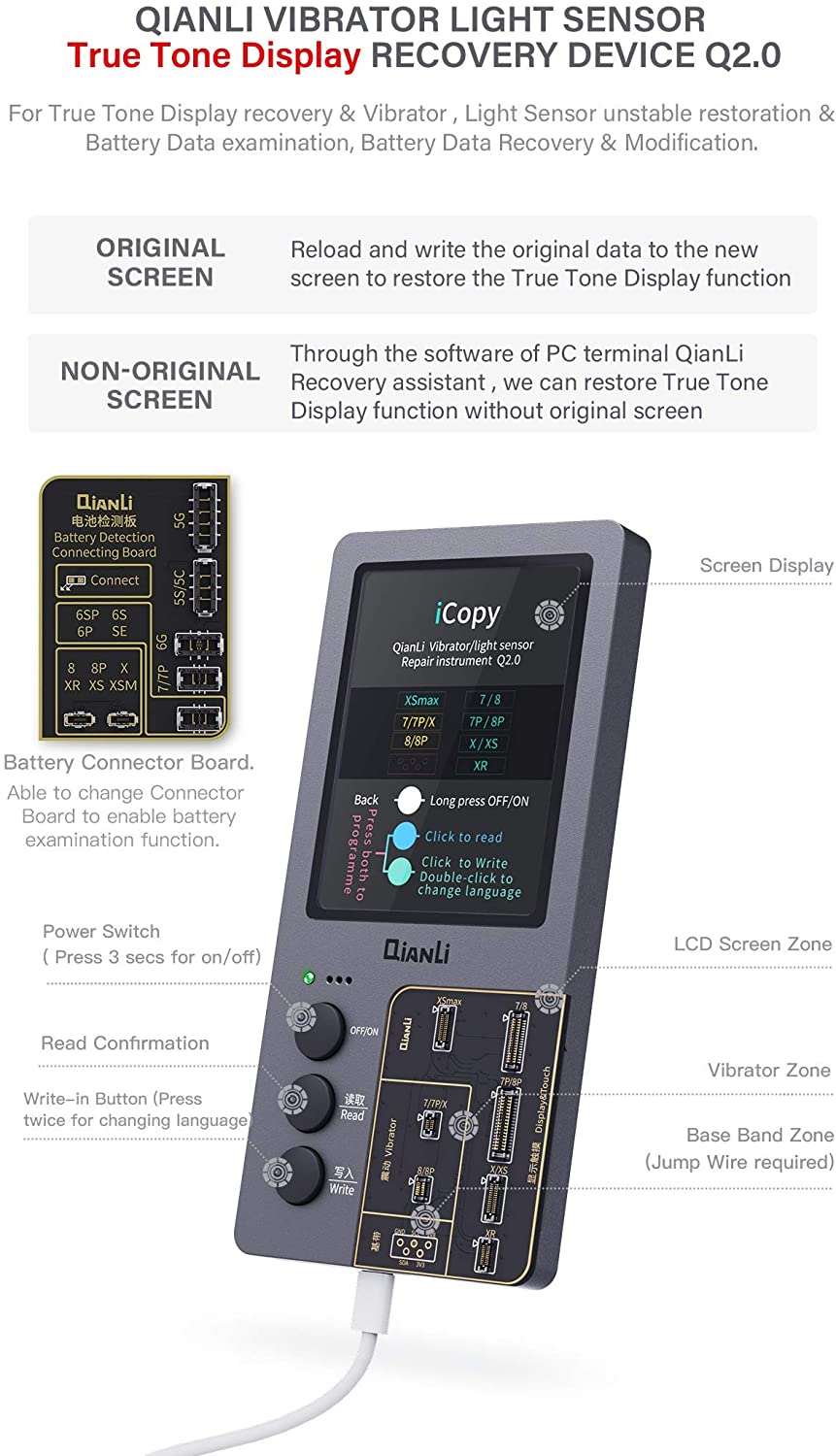
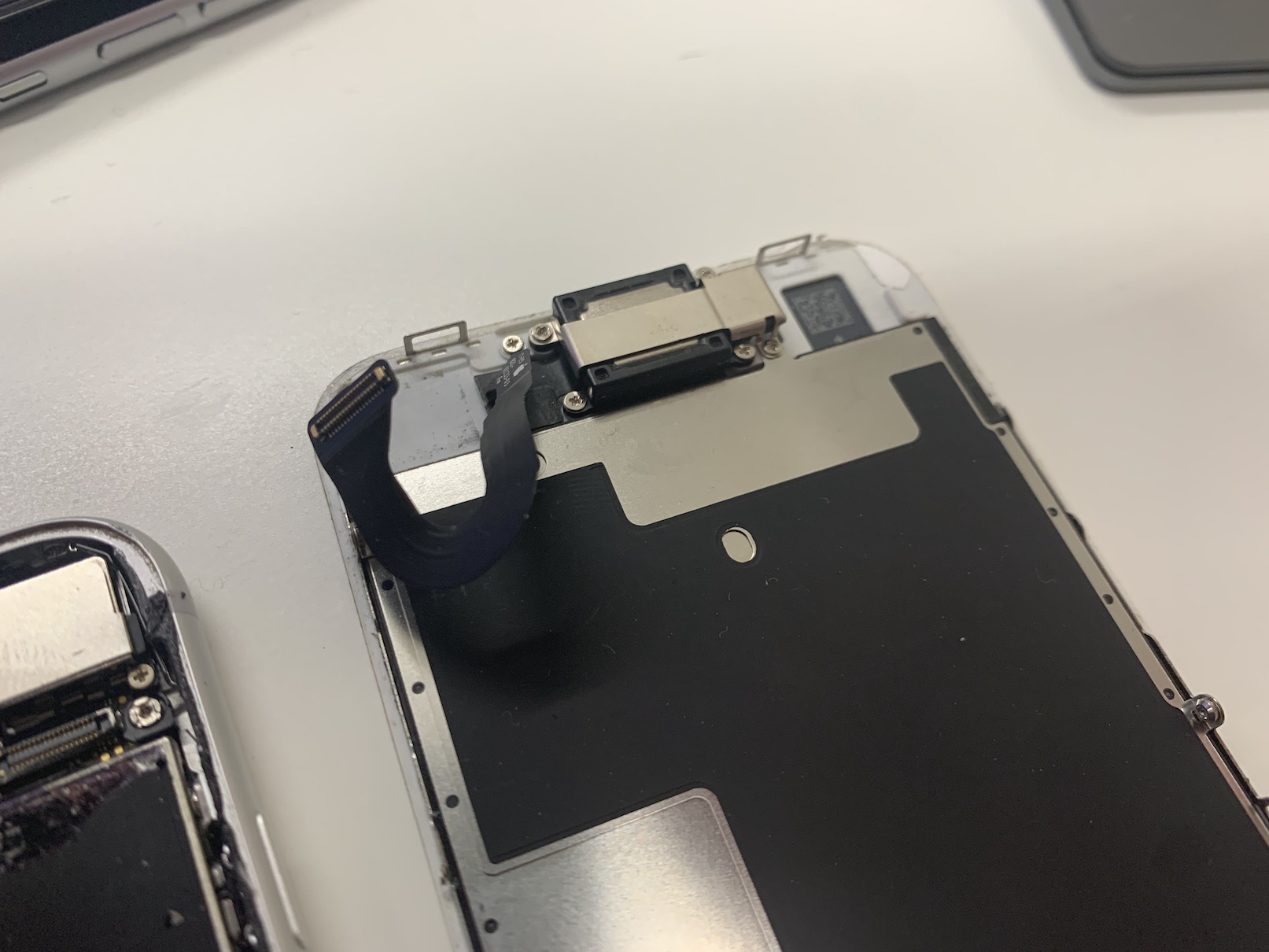
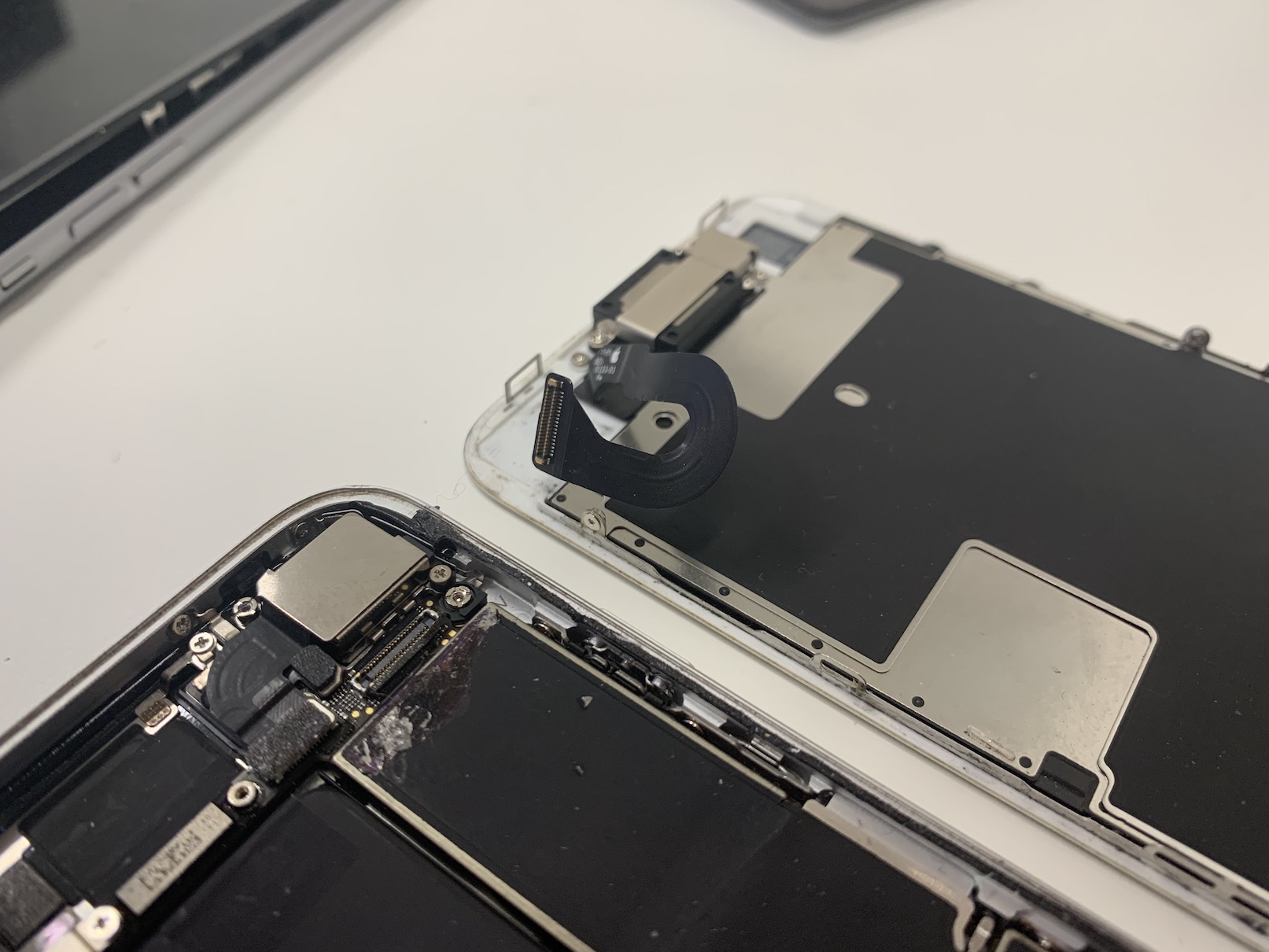
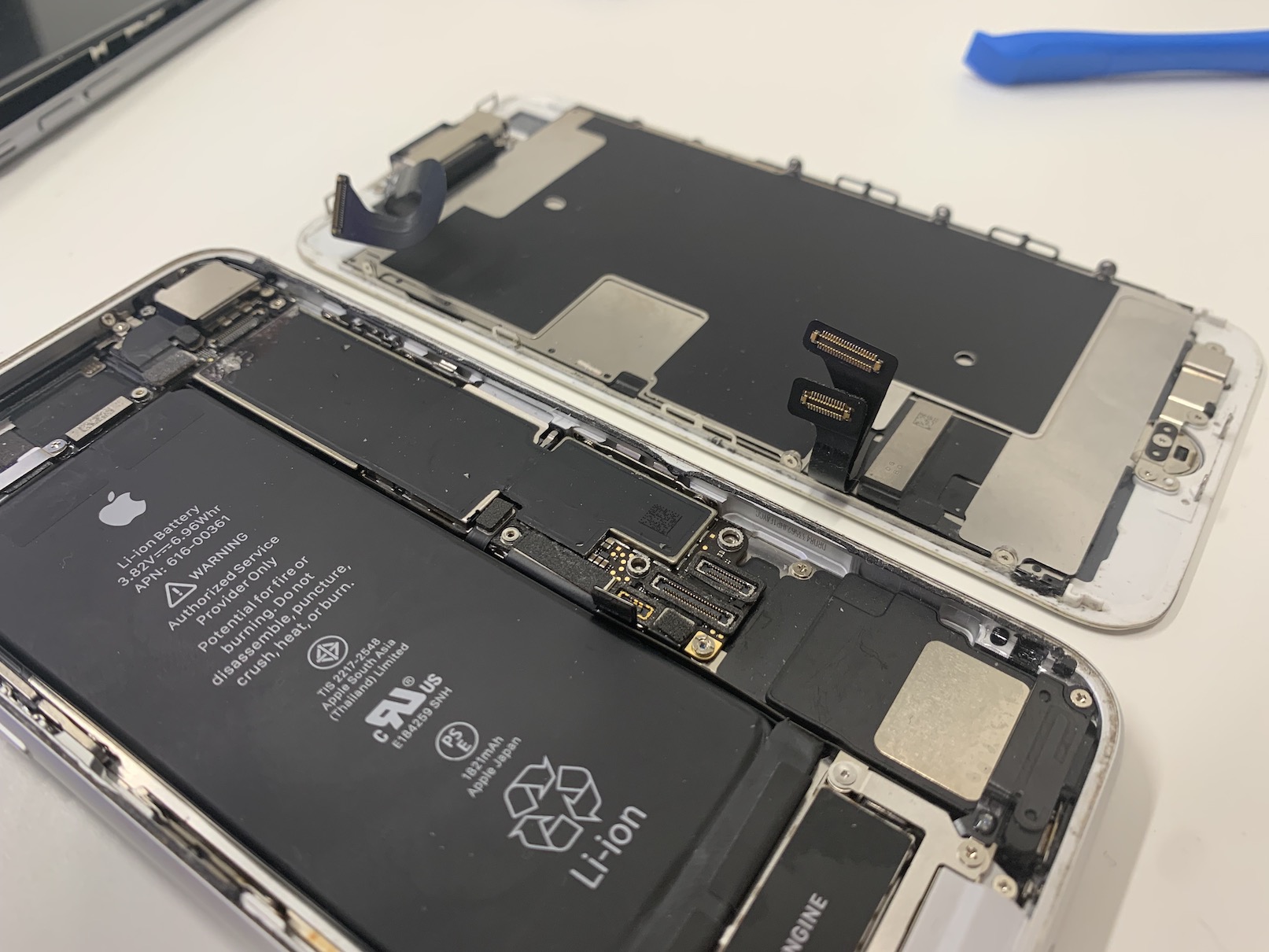
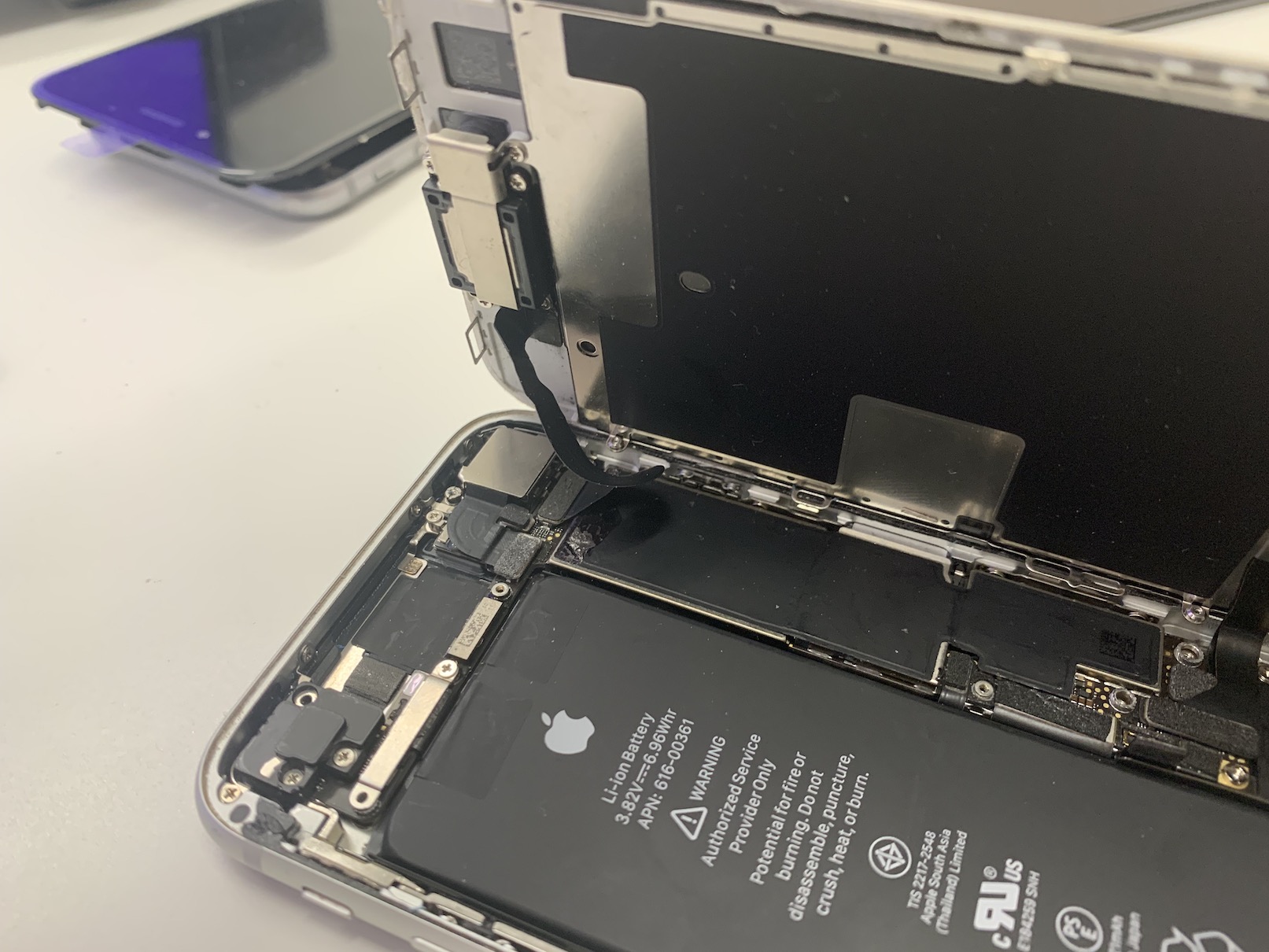
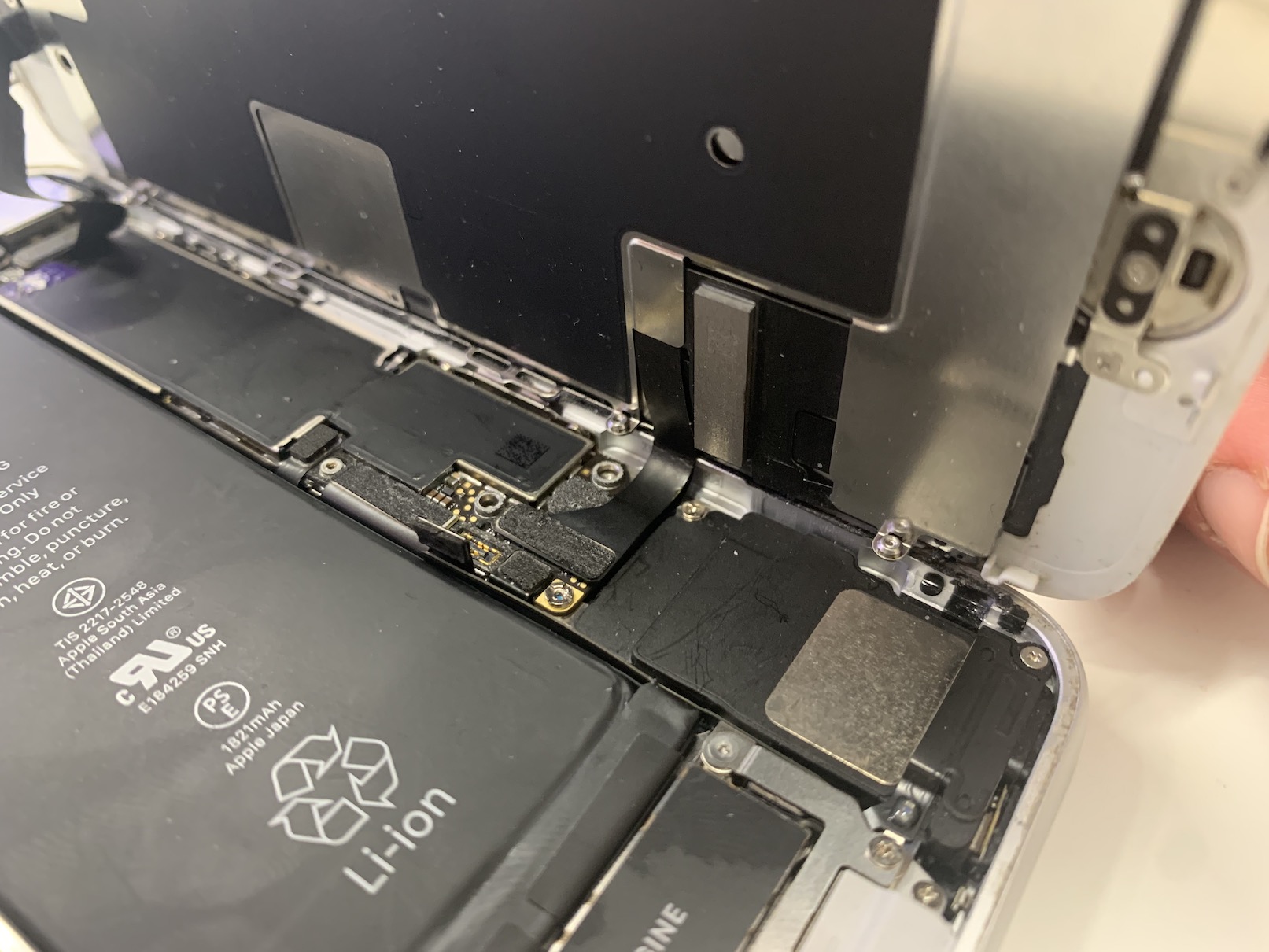
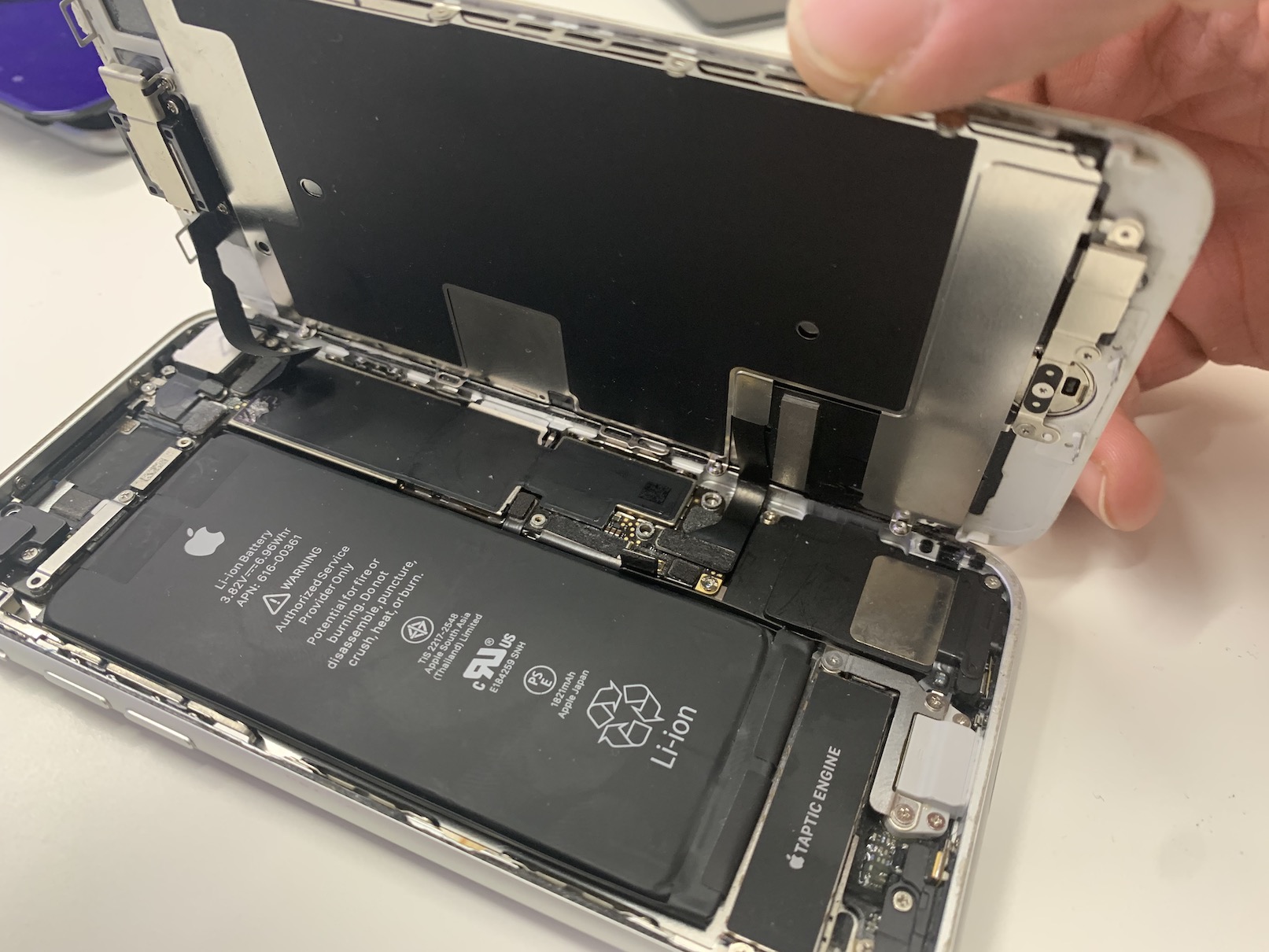
May I ask where you order spare parts from? Thank you